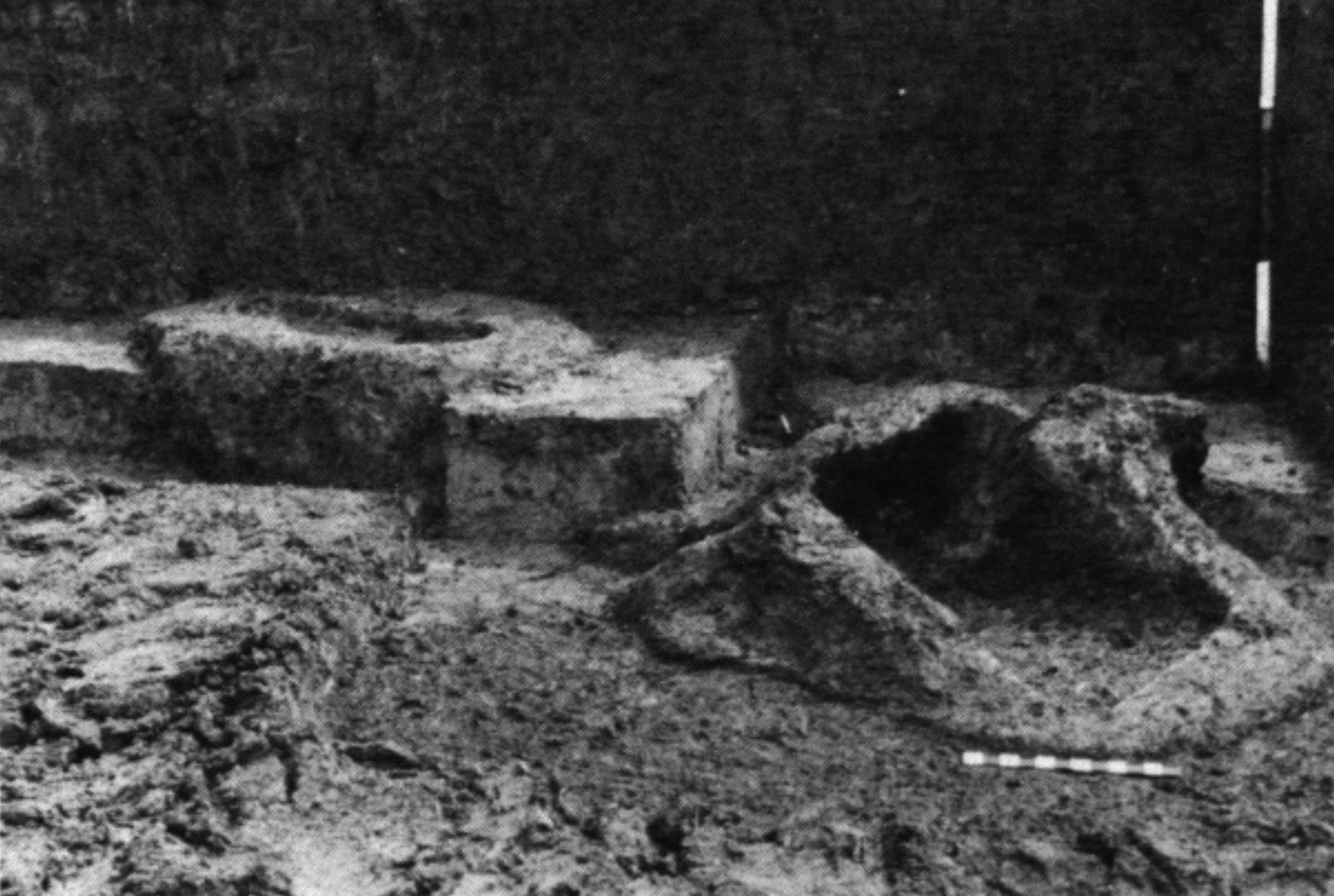
A Salt-panning Site at Funton Creek
Contributions to the next volume are welcome. See the guidance for contributors and contact Editor Jason Mazzocchi. Also see the guidance for peer review.
Search page
Search within this page here, search the collection page or search the website.
Three Medieval Timber Framed Church Porches in West Kent Fawkham Kemsing and Shoreham
Preaching and the Reformation in Henrician Kent
A Salt-panning Site at Funton Creek
A SALT-PANNING SITE AT FUNTON CREEK A.P. DETSICAS, M.A., F.S.A. THE SITE The site at Funton Creek (Fig. 2, no. 1; N.G.R. TQ 883683), on the very edge of a narrow road skirting the marshes from Lower Halstow towards Kfngsferry, was first noticed by Mr W.A. Knowles who was at the time participating in the excavations at the Eccles site. Erosion of the foreshore had exposed several pockets of burnt material and other debris, particularly at low tide, which required investigation. Accordingly, a small-scale rescue excavation was carried out in mid-August 1963, with the aim of recording the surviving evidence. I am grateful to those members of the Lower Medway Archaeological Research Group, and in particular Messrs. D. Bartram, I.J. Bissett, P. Dives and A.C. Harrison, B.A., F.S.A., who assisted in this work under very arduous conditions, and to Mr. E.R. Swain, for drawing the pottery. THE EXCAVATION Initially, two small trenches were laid out slightly to south of the eroded shore-line (Fig. 1, A and B) and excavated to a depth varying from 5 to 6 ft. Trench A was found to contain alternating layers of brown sandy soil and grey clay deposited on yellow clay below which was exposed a thick layer of black ash resulting from the burning of wood; no other evidence was found within this trench. Trench B contained the same layers as Trench A but, at a depth of 2 ft. 6 in., an area of burnt clay was exposed, surrounded by layers of yellow and grey clay. Clearance of this burnt area provided evidence for a salt-pan (Fig. 1, no. 1; Plate I), which was partly obscured by the north face of the trench. At low tide, further clearance was undertaken of the eroded 165 A.P. DETSICAS Funton Creek: Salt-pan in Trench B (Scale in inches). PLATE II Funton Creek: Salt-pans in Trench C (Scales in inches and feet). 166 Funton Creek 3 f ^ • i i l l l l l H i " 1 1 " 1 " 1
